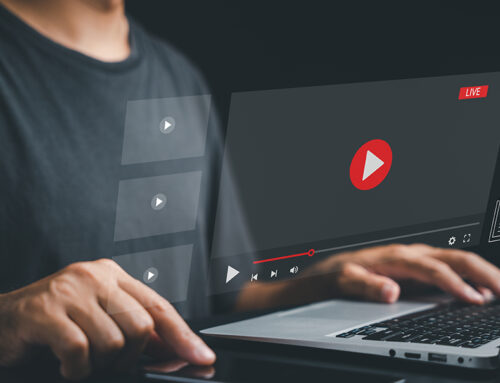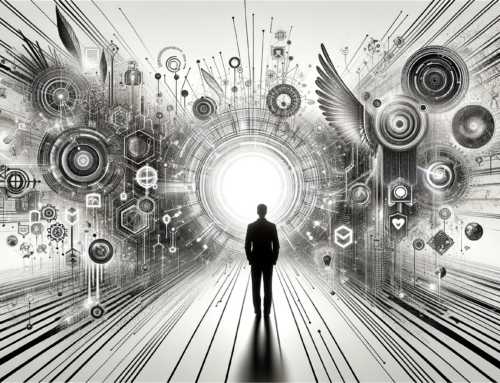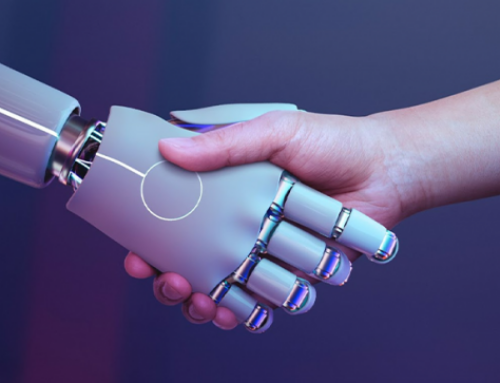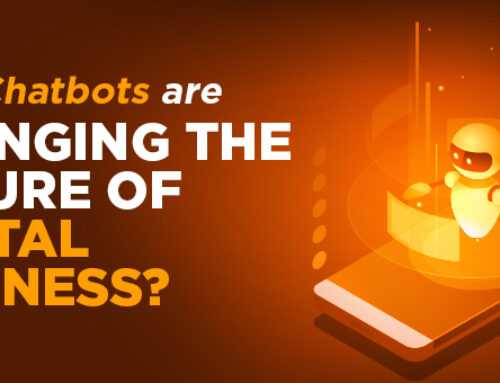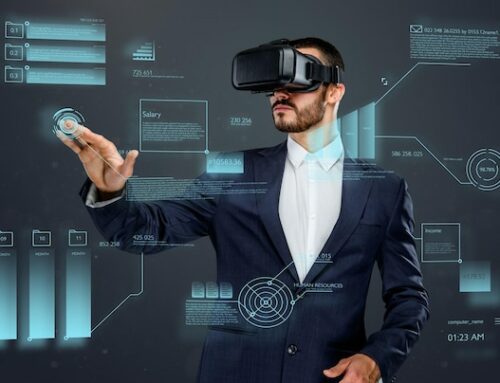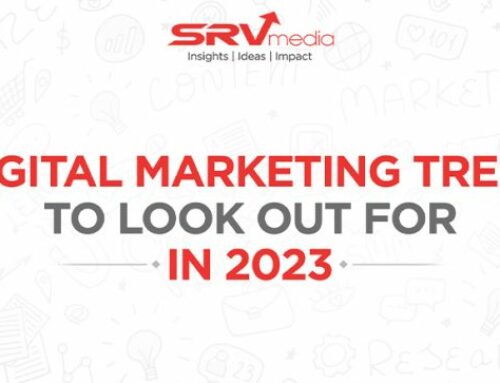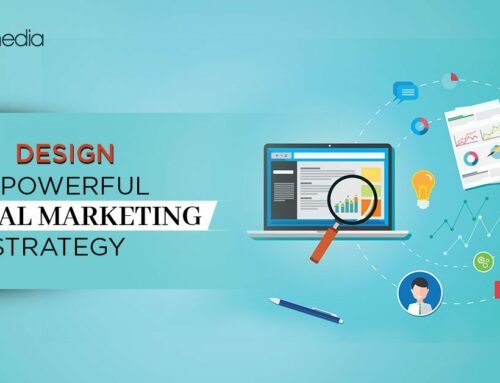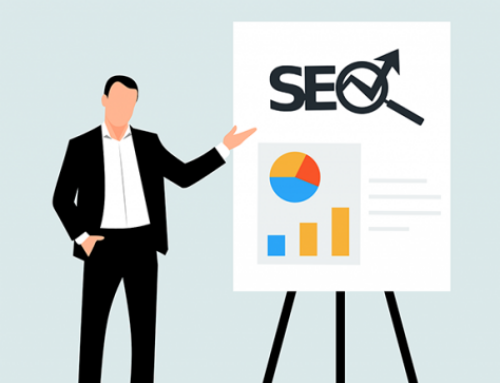The Impact of Social Media Algorithms on Digital Marketing

In the late 2000s to early 2010s, when social media platforms like Facebook, Twitter, and Instagram first became mainstream, users would see all posts chronologically.
Users were able to see the most recent posts from people they follow and there was no element of personalization to what was on our feeds.
Over time, social media platforms began to switch to algorithm-based feeds. And by the time 2016-2017 rolled around, nearly all social media platforms moved away from chronologically visible posts.
The Rise of Social Media Algorithms
Now, all of our social media interactions are dominated by algorithms. Beyond just showing us posts from people we follow, social media sites have now increased focus on posts that are catered to our interest; regardless if we’re actually interested in them or not.
How do Social Media Algorithms Work?
The word algorithm has been thrown around a lot over the last half-decade in an almost nebulous manner—especially in social media.
However, in a nutshell, social media algorithms work by showing you posts that you ideally like. Algorithms can determine this information by:
- Paying attention to the posts you like;
- Taking note of which types of posts you spend the most time on;
- Assessing which posts you interact with the most;
- Checking what topics you search for;
Among the many other ways, you can interact with any social media post. This will, of course, vary from platform to platform, but algorithms generally work by paying attention to your online behavior.
Over the last few years, social media platforms have begun to implement specific spaces where you could scroll through recommended posts that aren’t necessarily from the people you follow. You may recognize this in Twitter’s recent transition to “For You” pages and TikTok’s “FYP.”
But social media algorithms have not only changed the way we interact with apps, they have also changed the digital marketing space. Let’s take a closer look at the role of social media in digital marketing and how algorithms have truly transformed marketing as a whole.
The Impact of Social Media Algorithms on Digital Marketing
Constant Adaptation
If there’s one thing we know for sure about algorithms, it’s that they’re always changing. Social media algorithms are constantly being updated to reflect improvements, changes, and any new developments that can possibly improve user experience.
And while development is most certainly a desirable thing, it also means digital marketers have to adapt more rapidly to changes. Without adapting, they would easily be taken over by the next “big thing.”
As a user, you may have noticed that changing algorithms can mean:
- Seeing less of your favorite accounts (or seeing more of them);
- Limited diversity in the posts you see (since algorithms are inclined to show you posts you already interacted with);
- Seeing more accounts that you aren’t familiar with (especially if these are posts that have gone viral).
Digital marketers would then have to adapt to all of these changes and constantly switch up their methods in order to stay visible. This can mean more work for a team behind a brand, but it can also mean more opportunities for growth and visibility if a brand plays its cards right.
Note, however, that changes could go in both directions. Some updates will make your brand more visible while others will reduce its online exposure. Knowing how to respond to both of those scenarios (and everything in between) is crucial to adapting to algorithms.
More Personalized Content
One of the most significant changes algorithms have brought about in the digital and social media marketing sphere is personalized content. Because of social media algorithms, users are now shown content that the algorithm thinks the user will like.
This has allowed brands to tailor their content to specific audiences. As a result, users will be able to see product posts or videos that resonate with them, thus increasing a brand’s levels of engagement and interaction.
As a user, you’ve probably seen this manifest in your own social media feeds! For example, if you’ve recently interacted with an ad or post for a pair of Chelsea boots, it’s very likely that the next couple of ads or content pieces you’ll see are related to shoes.
As social media sites collect more information on your user behavior, the suggestions you will receive will improve as well.
Increased Activity
Algorithms are known to prioritize showing accounts that post on a regular basis. Although there isn’t definite proof of the numbers behind this logic, the idea is that the more you post, the more visibility you will get.
Now, algorithms are dynamic things—there is no single correct way to describe how social media algorithms work. However, in most instances, increased activity in your account will lead to more engagement, and thus, more visibility.
So, what does this mean for digital marketing professionals?
Increased activity due to keeping up with algorithms will probably entail at least some of the following:
- Increased number of posts per week (many will even suggest posting daily!);
- More time and effort put into interacting in the comments;
- Taking time to comment on other people’s posts to improve visibility;
- Participating in viral topics to stay relevant;
Decreased Reach
One of the greatest impacts the algorithm of social media could have on your brand is reduced reach. When algorithms shift and change, so does your level of visibility if you make no changes to your methods.
This could mean losing out on sales, worsening engagement metrics, or reduced user interaction because your posts are not getting any visibility.
Just as exploring the intricacies of “how to buy Bitcoin in India” requires adaptability, the realm of social media demands a flexible approach. So, reduced reach only happens if you don’t quickly adapt to changing social media algorithms. With the right choices and techniques, reduced reach is something that you might never even have to worry about!
Increased Use of Influencer Marketing
In the world of social media algorithms, the greatest currency you could have is engagement. For this reason, there has been a rapid increase in the utilization of influencers and celebrities to boost brands and give them more visibility.
Nowadays, you will often see brands spending a significant portion of their digital marketing budget to collaborate with influencers. And as strange as it might sound to spend so much money on just one person, influencer marketing actually works.
Digital marketing through influencers allows brands to have a more genuine connection with their audience through an intermediary that already has an established connection with them.
Influencer marketing is especially valuable in industries where the customer base tends to spend a lot of their time online and can benefit from visual media like the following:
- Makeup;
- Skincare;
- Fashion;
- Food & Beverage;
- Travel.
In general, lifestyle-based industries are more likely to benefit from digital marketing through influencers.
Increased Reliance on Paid Reach
Because of the nature of social media algorithms, it has now become more challenging to increase reach organically. This has led many brands to focus more on increasing reach through paid rather than organic means.
This can affect entire team budgets and other areas of digital marketing.
Nevertheless, when leveraged correctly, paid reach can do wonders for brand growth. And while it might not be as affordable as organic reach, paying for exposure is genuinely one of the best things you can do with digital marketing.
Increased Competition
With social media algorithms becoming more and more important in digital marketing, there is an accompanying increase in competition in the digital space.
Templated and redundant posts simply won’t cut it anymore. For brands to stand out in the digital space, they have to create content that is engaging, high-quality, and truly captures the attention of an audience.
This means that digital marketers have to exert more effort and constantly innovate to remain relevant. So while algorithms can make rapid growth easier (i.e., by going viral), it can also mean a more challenging role for digital marketers.
Amplified User-Generated Content
UGC, or user-generated content is one of the better ways brands can increase visibility. Algorithms tend to prioritize UGC posts because they resonate with an audience better and overall seem like a more genuine approach to marketing.
In this aspect, an advanced photo editor becomes crucial as brands curate and adapt user-generated content to align with their messaging and aesthetic, while preserving the authenticity that makes UGC so valuable.
If you think about it, aren’t you more likely to buy from an influencer you really love (even smaller influencers) than from a random ad you see online?
User-generated content is a mechanism for brands to create connections with new audiences by crafting a community through content.
Are Algorithms Bad for Digital Marketing?
Changes, whether big or small, are always challenging to weather through. Some changes, like the ever-increasing use of social media algorithms, are particularly difficult to navigate—especially since technology is improving at an accelerated pace.
But are algorithms bad for digital marketing? Not at all!
Sure, algorithms have definitely made the playing field more challenging. On top of things, new business brands are trying to gain exposure each and every day. But at the end of the day, algorithms also give brands an opportunity to “blow up” or become sensations seemingly overnight.
Social media algorithms do have their cons, but they are fantastic tools when used right. A good digital marketing team should be able to leverage the dynamic nature of algorithms to their advantage.
Conclusion
Social media algorithms have no doubt changed how digital marketing has done over the last decade. And as we see algorithm-based innovations like commercial AI become more popular, we can expect that digital marketing will change as well!
If you’re intimidated by these changes, that’s perfectly fine. After all, it can take time to adjust and adapt to technology. That said, it’s important to bear in mind that algorithms can be truly amazing for your brand—you just have to learn to use them right.

